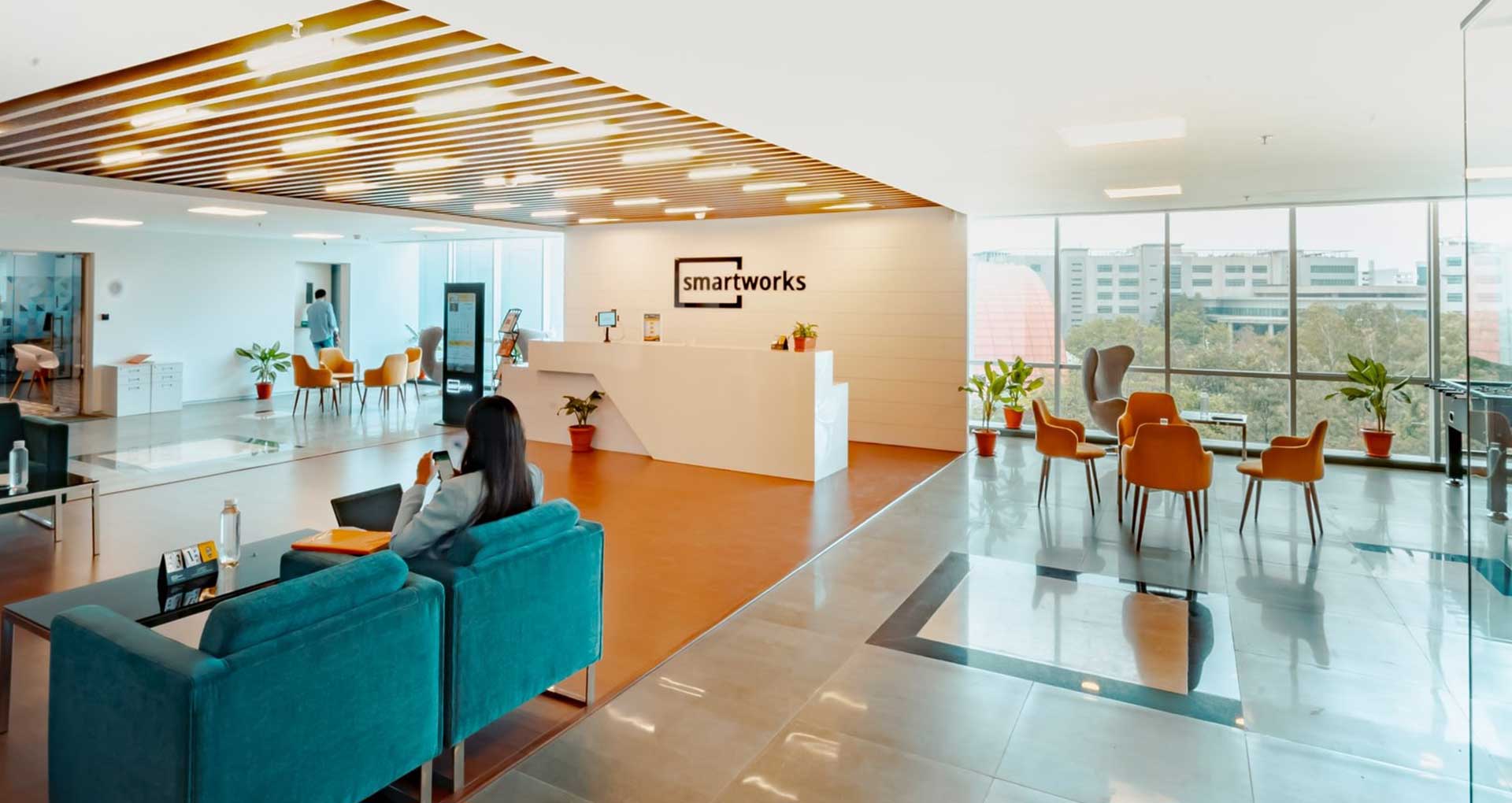
Building versatility under the microscope
May 13, 2020
Being unable to leave the house for weeks on end has shown many of us the utility value of good architectural design.
The changes brought on by Covid-19 will be reflected in how our buildings are designed and used, expects Jean Grobler of Boogertman + Partners, proud members of Green Building Council South Africa (GBCSA). “Versatility of building design, as well as interior design, will be under renewed focus,” he said.
“New regulations aimed at maintaining social distancing mean that our previous office space, suitable for almost 70 people, now accommodates fewer than 50. It shows that during this process we’ll need to apply new principles and ways of thinking to accommodate our new normal,” he told the GBCSA.
There is going to be a change of protocol of how to interact when entering and once inside the building, expects Grobler. For example, consider the way regular building users, visitors, and couriers may be accommodated in the light of safety concerns.
The high level of rental stock building design will take longer to reflect our reaction to the pandemic, but internal designs will change quickly. With the increased emphasis on sunlight and natural ventilation, designers will be challenged to maximize both in boardrooms and visitor spaces.
This redesign will not be limited to commercial interiors. “We have recently completed a proposal for a 1500 bed ICU hospital in the Soccer City football stadium,” said Grobler. “The existing structure has the potential to change to be useful in this time of crisis, should it be required.”
This ability to extend the functionality and relevance of existing buildings will be under renewed focus, notes architect Richard Stretton of Koop Design.
Older building designs, with greater internal space will perform better during times of restricted movement. “Homes should be flexible [structures]. They should respond to the needs of the occupants by supporting their lifestyle changes, the life span of a family or the nature of their relationships,” said Stretton.
“Newer buildings are often designed to chase the best yields through small ratios. The 6m² in a call centre, and 10m² in a commercial building are quite significantly less than the approximate 15m² per person that new regulations require. Now suddenly, 20% of your staff can remain at home, but you still require the same space,” said Grobler. “The rigorous performance measures of modern buildings will allow them adjust air conditioning and cross ventilation to make these spaces more hospitable.
“Initially, I expect that new regulations may make design changes initially necessary, but soon our behaviour as building users will adjust to accommodate new health stipulations.
“It’s been interesting to be working with a client during this time of lockdown. Initially they were set on 2-bedroom, 1-bathroom apartment designs. Now they are looking to use the same apartment space to create a studio that can be easily converted into a 2-bedroom by the owner as required. The thinking here is that the space needs to be more user-friendly for times when you are locked-in. I expect smaller apartments will be more flexible to allow for people being indoors for longer,” Grobler said.
GBCSA offers professional certification for subject experts via the Interiors – Green Star Accredited Professional Program.






